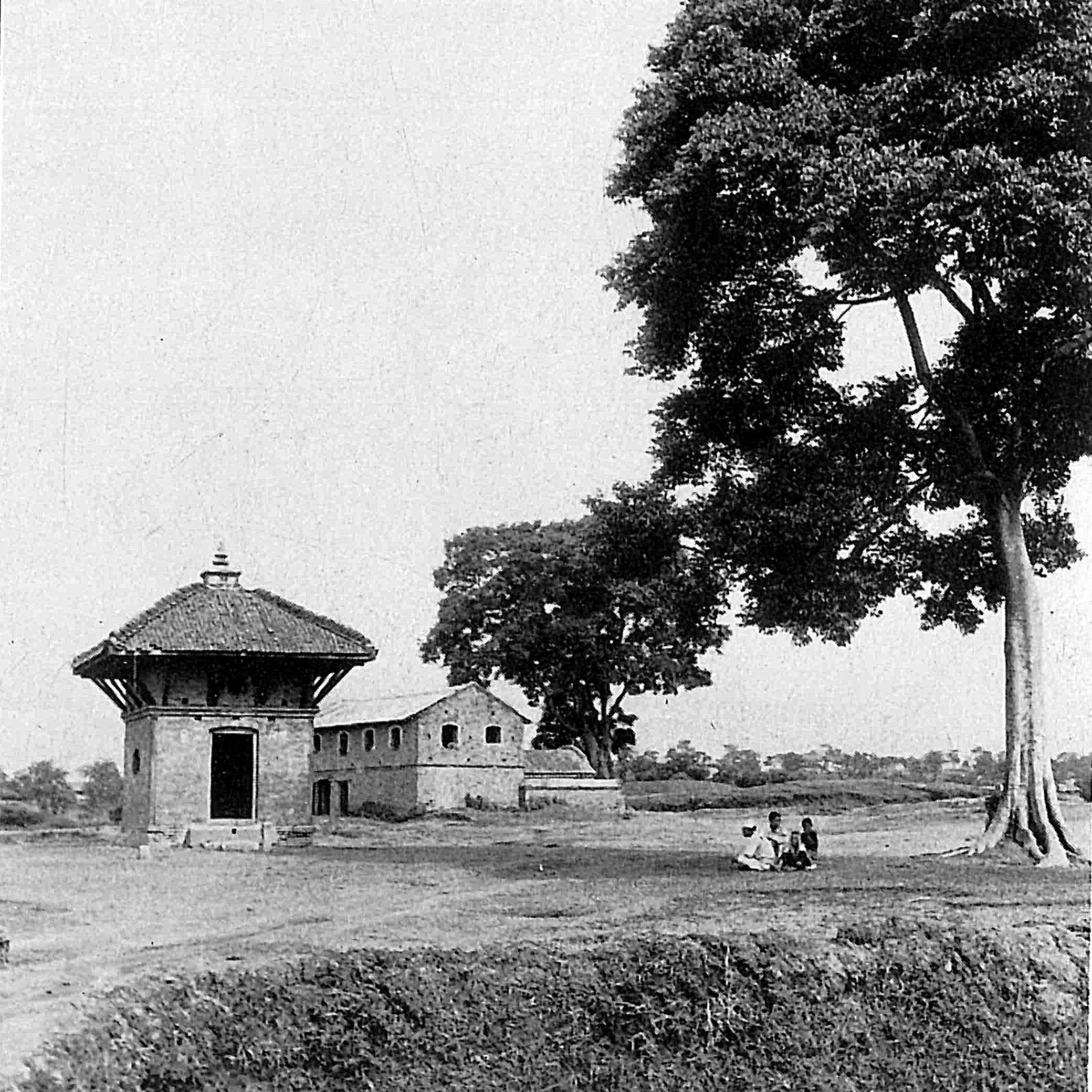Sarasvatī Temple at Sasukhyaḥ, Patan
Curated by Rajan Khatiwoda

This temple (DANAM ID: LAL2010), dating back to before 1314 CE, stands as one of the earliest Sarasvatī temples in the Kathmandu Valley, positioned outside the medieval settlement in Patan. Situated within the expansive Susakhyaḥ ground to the east of the Patan core area, this pagoda-style temple houses a five-foot Sarasvatī statue in the samapāda position. The sanctum enshrines the goddess, adorned with an akṣamālā in her upper right hand and a book in her upper left hand. Her lower right hand gracefully displays the abhaya gesture, while the lower left hand remains empty. The substantial height of the statue implies that the temple was originally of considerable size. Renovations took place in 1776 CE, and further restoration occurred in 1937 CE following the collapse caused by the 1934 earthquakes. Unfortunately, the inscriptions do not provide insights into the temple's original appearance before restoration. Sarasvatī holds a special place in worship, particularly on the day of Śrīpañcamī, both within and beyond the Kathmandu Valley. A multitude of devotees flock to this temple on this auspicious occasion, engaging in collective worship known as Sasupūjā. From Śrīpañcamī to Picāśa Caturdaśī, devotees jointly visit Sarasvatī temples, accompanied by traditional musical instruments, culminating in a community feast near the temple premises. This tradition underscores the preference for relatively open spaces in the valley for the construction of Sarasvatī shrines. The enduring significance and cultural practices associated with this temple make it a vital and cherished heritage site in the region. For more information, visit DANAM entry here.
